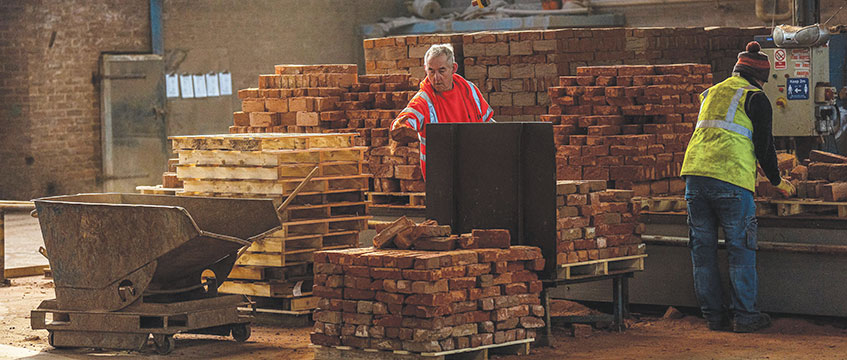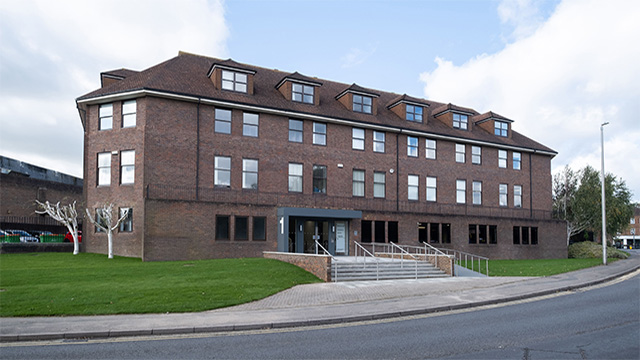Land market braced for ‘dramatic’ impact on prices
News
by
Jonathan Vandermolen
COMMENT The land market has been extremely active – some would say red hot – for the past 18 months. A combination of a shortage of sites with planning consent – in the main owing to our broken planning system – low interest rates and what seems like an unlimited supply of equity and debt has made for a very competitive market.
However, the construction industry is facing a range of challenges that all culminate in cost inflation. The industry has traversed uncertain times, with regulatory changes and supply chain issues that commonly test the market exacerbated by Covid-19, Brexit, the war in Ukraine and energy price increases. This has culminated in the BCIS Tender Price Index reporting a year-on-year cost increase of 8.46%. And that is only the tip of the iceberg.
Steep rises
Manufacturing and site-based activities are both affected by these complications. Brick manufacturing is a good barometer of market conditions. Brick prices have increased a number of times in the first quarter of this year, allocation of stock is lower compared with this time last year, and pricing remains unfixed and uncertain. The introduction of white diesel on site and general utilities costs have all seemingly contributed to this position.
COMMENT The land market has been extremely active – some would say red hot – for the past 18 months. A combination of a shortage of sites with planning consent – in the main owing to our broken planning system – low interest rates and what seems like an unlimited supply of equity and debt has made for a very competitive market.
However, the construction industry is facing a range of challenges that all culminate in cost inflation. The industry has traversed uncertain times, with regulatory changes and supply chain issues that commonly test the market exacerbated by Covid-19, Brexit, the war in Ukraine and energy price increases. This has culminated in the BCIS Tender Price Index reporting a year-on-year cost increase of 8.46%. And that is only the tip of the iceberg.
Steep rises
Manufacturing and site-based activities are both affected by these complications. Brick manufacturing is a good barometer of market conditions. Brick prices have increased a number of times in the first quarter of this year, allocation of stock is lower compared with this time last year, and pricing remains unfixed and uncertain. The introduction of white diesel on site and general utilities costs have all seemingly contributed to this position.
Let’s start with Brexit. Although we didn’t see much impact initially, particularly from a materials perspective, costs have increased and VAT – which would have been paid at the rate at source – is now 20%. Much of the skilled labour on building sites in recent years has come from Eastern Europe, but many of those plying their trades here have returned home since the first lockdown.
The war in Ukraine has stymied the supply of steel and aluminium. Pair that with the cost of a shipping container being at least five times more than it has been in the past 12 months, and you can see why dark clouds are forming.
The main issue for most contractors is that they work on fixed-price contracts, with margins of 3-5%. In most cases, unless all materials were purchased in advance, their margin has disappeared and they are then reliant on their business cashflow. A large number will no longer quote on this basis, and pricing will be based on fluctuations and indexation.
According to the Department for Business, Energy & Industrial Strategy, the cost of construction materials between January 2021 and January 2022 increased by 19% for new housing. From our research with a number of contractors, there was already a 10% increase in costs in Q1 this year compared with last, and this was prior to Russia’s invasion of Ukraine.
In March, fabricated structural steel, a good proportion of which is produced in Ukraine and Russia, experienced a price increase of 19% in comparison with February. The material cost 54% more than it did in March 2021.
Most developers work on a 20% profit on cost, but in order to be competitive those margins are not always accurate, as they have to be optimists by nature, believing they can build for less and sell for more than their competitors.
For projects currently on site, the profit margin is evaporating at an alarming rate. We have already seen a number of medium-sized contractors placed into administration. We have also seen an increase in reporting for lenders and receivers on projects where the developer and/or contractor are either struggling to build at the cost estimated or have gone into administration.
Dramatic impact
What impact will this have on the land market? In my opinion, it’s going to be dramatic, with land values likely to fall if costs continue to rise at current rates. We are working on a number of projects where we are already seeing this. If the market were to stabilise then schemes can still be viable. If contractors were to fix their price, clients would be paying for 10% year-on-year inflation as a minimum, which would reduce land values.
On sites where we have been requesting offers over the past three months, it is often the case that the developer will carry out enough due diligence on costs to make an initial proposal, but once told they are in the running and they dig deeper their offers are decreasing by 5-10%. Then there is the knock-on effect on development finance, with most savvy lenders looking for greater amounts of equity and larger contingencies on developers’ build costs.
We have been saying for some time that agreeing deals is one thing, but getting them over the line is something completely different. Looking forward, until things settle down, the onus will be on land owners to be willing and able to listen to what the market is telling them their land is worth.
Jonathan Vandermolen is chief executive of Vandermolen Real Estate
Image © Charlotte Graham/Shutterstock











